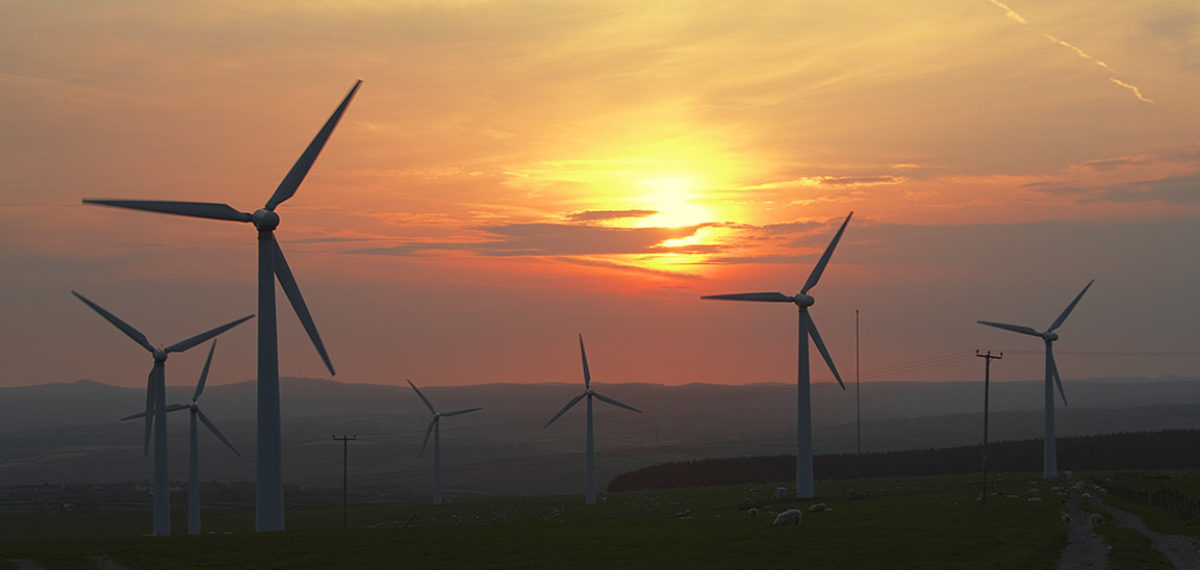Increasing numbers of solar farms are going ahead without any contractual support from the Government and some of them are based on cooperative or community support
Voltalia is among the latest to signal the start of construction of a solar farm which has no financial support organised by the UK Government. The project is being backed by the Co-op. I want to avoid the term ‘subsidy-free’. That is because the UK Government only gives out contracts for difference (CfDs) to renewable energy generators to pay them guaranteed prices that are well below the UK wholesale power prices.
Solar pv prices are falling so fast and investor confidence in the technology is growing so that increasing numbers of solar farm developers are going ahead without any government-backed guaranteed price contracts (CfDs).
On the other hand community solar projects are also being started without government support. Community Energy Together (CET) has launched a series of share offers involving five community solar projects around England and Wales. The share offers, which involve 36 MW of solar projects, will allow the community to own solar farms. See HERE for more details.
The advantages of such community energy schemes are first, energy democracy, that is a wider pool of people can be brought in to support solar power. The more individuals are involved, the more pro-solar activists there are likely to be. Very importantly, the schemes all contribute profits to the local community through support for local causes, especially for energy efficiency and anti-fuel poverty measures. Added to that the investments have an annual target return of 6 per cent on investments. As yet only a small proportion of solar farms are community-owned. But this proportion can grow!
The Renewable Energy Hub estimates that more than 1 GW of solar farms have been installed since 2018 without any Government support. That is a growing proportion of the total operating and also planned solar farms and solar pv in general in the UK. This can be seen in the chart below. One reason for this development, apart from declining costs, in the growth of solar farms without government support, may be the sheer lack of contracts available from the Government relative to solar farm projects waiting to be developed. Another factor is the increasing confidence of investors, including pension funds.

The amount of Government-backed CfDs that are being issued is small compared to the number of projects coming forward. Indeed, since 2015 the Government has only issued around 4.2 GW of CfDs to solar power developers. Added to that many projects are blocked because of long delays and difficulties in obtaining connections to the electricity grid.
As of the end of October 2023 over 15000 MW (15 GW) of solar pv had been installed in the UK, the majority through ground-mounted solar farms. This all represents around 5 percent of UK electricity production on an annual basis. However, there is over 20 GW in the planning pipeline – around 20 GW is shown in the graph and there are some very large numbers being scoped but which are not shown in the chart. This would bring total electricity production from solar pv to over 12 percent on their own. Of course, other projects are being scoped and substantial additions of rooftop solar should also occur.
Despite some well-publicised recent controversies over some planning applications for especially large solar farm schemes, Government figures show that the large majority of solar farms are being given planning consent at a local authority level. Indeed planning consent for solar farms has been and is being achieved at a much higher rate by local authorities compared to onshore windfarms (that is before onshore wind was effectively banned in England in 2015).
In fact solar pv is now the cheapest electricity generation technology of all types – apart from some types of energy efficiency of course! Solar pv needs to be boosted with urgent action not only to issue more CfDs but also to clear the grid connection backlog that solar farms face. Solar pv needs to be mandated for building roof retrofits, change of use, and, of course, on new buildings.
David Toke, reproduced from his blog in substack, see link HERE
